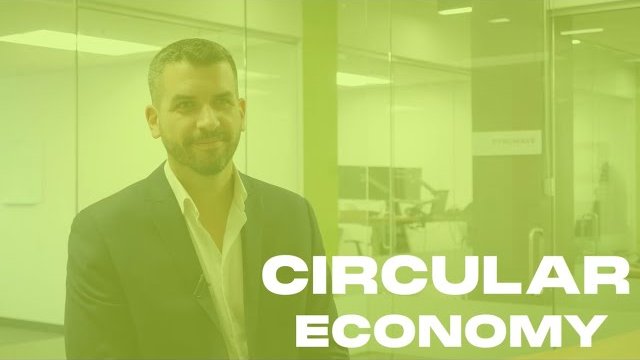Our microwave technology
Regenerate a new generation
The power of microwaves can replace traditional thermal methods much more efficiently, mostly when powered by electricity from sustainable sources. Pyrowave is working to control the application of this scientific breakthrough to develop a new generation of low carbon chemical processes. Pyrowave technology allows for the recycling of post-consumer polystyrene products and packaging, including contaminated food containers.
The modularity of our technology helps us expand the technology offering of existing local sorting centres by rapidly deploying in the market. Our microwave system uses approximately 15 times less energy than the current process to manufacture styrene monomer from virgin resources, and the heat released can be recovered to heat the building. Our process converts materials with little market demand into high-value-added products on the global market and compatible with standard virgin products used by the petrochemical industry. Pyrowave manufactures equipment and sells licences for its technology.
The low carbon economy
Using microwaves, an electrical process, Pyrowave technology now makes it possible to incorporate renewable energy into industrial chemical production, which was traditionally based on fossil fuel sources, such as plastic production. The electrification of materials and chemical processes at the heart of the Pyrowave technology is intended to develop a lower carbon manufacturing industry.
Undo-conventions.
Re-do purpose.
An Outstanding Team
Our outstanding team, specialized in chemical process electrification, is paving the way for the next generation of low-carbon processes.



